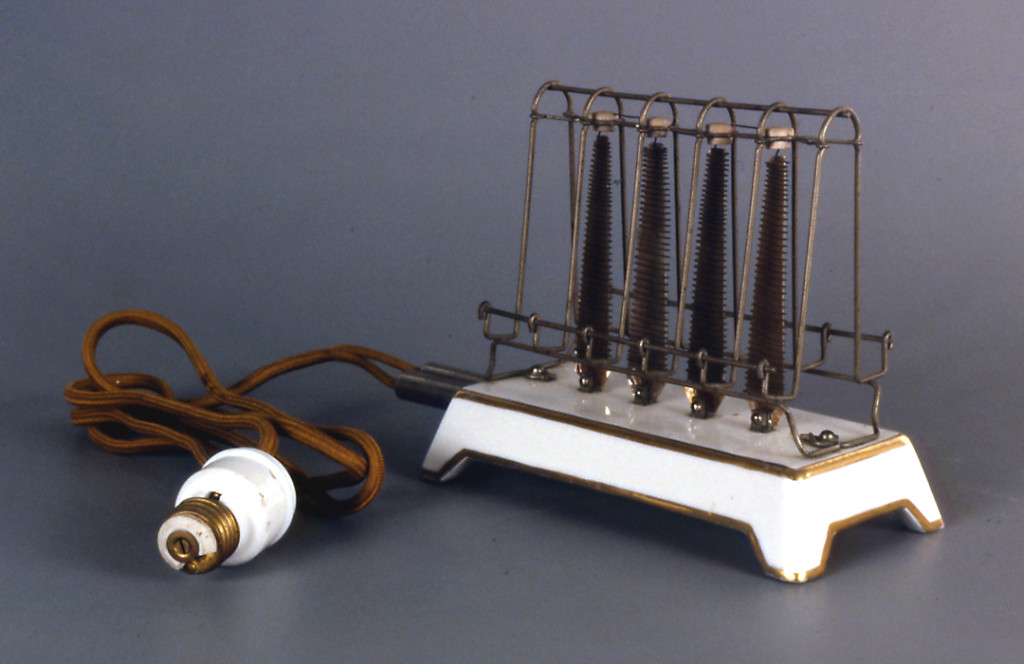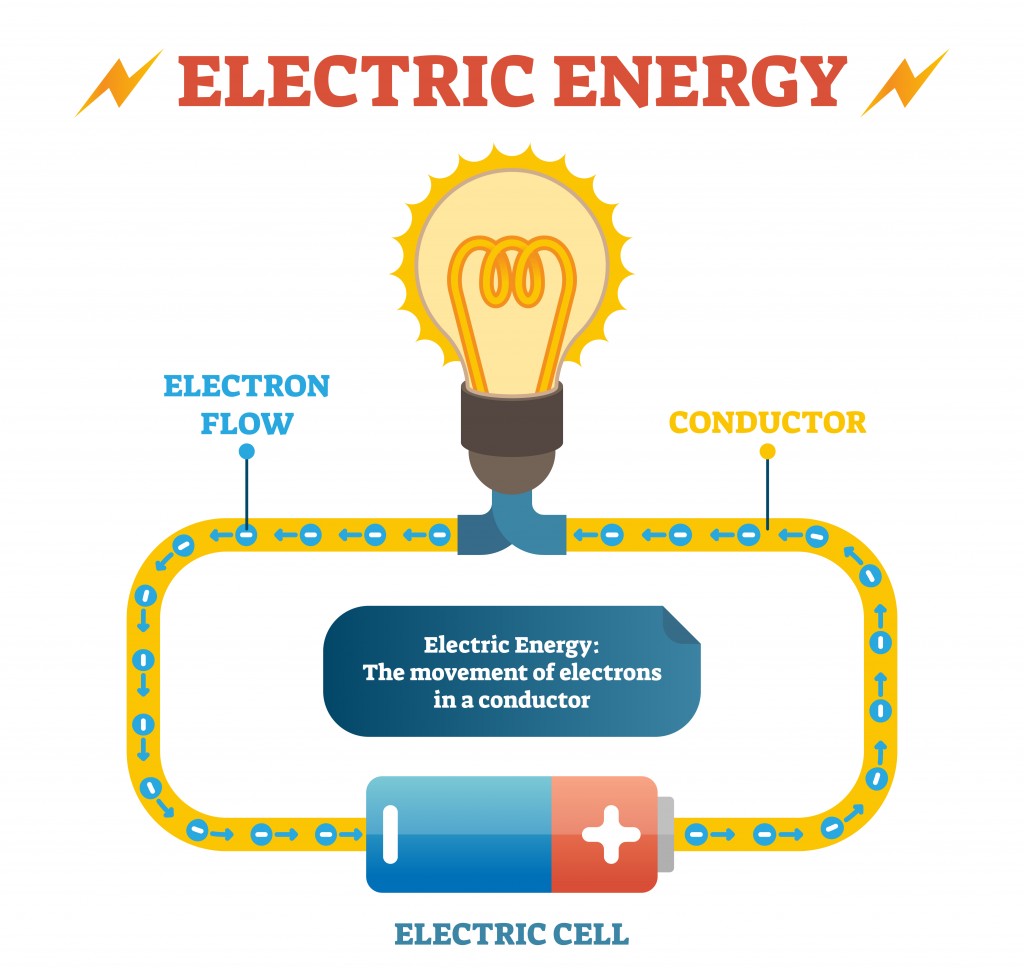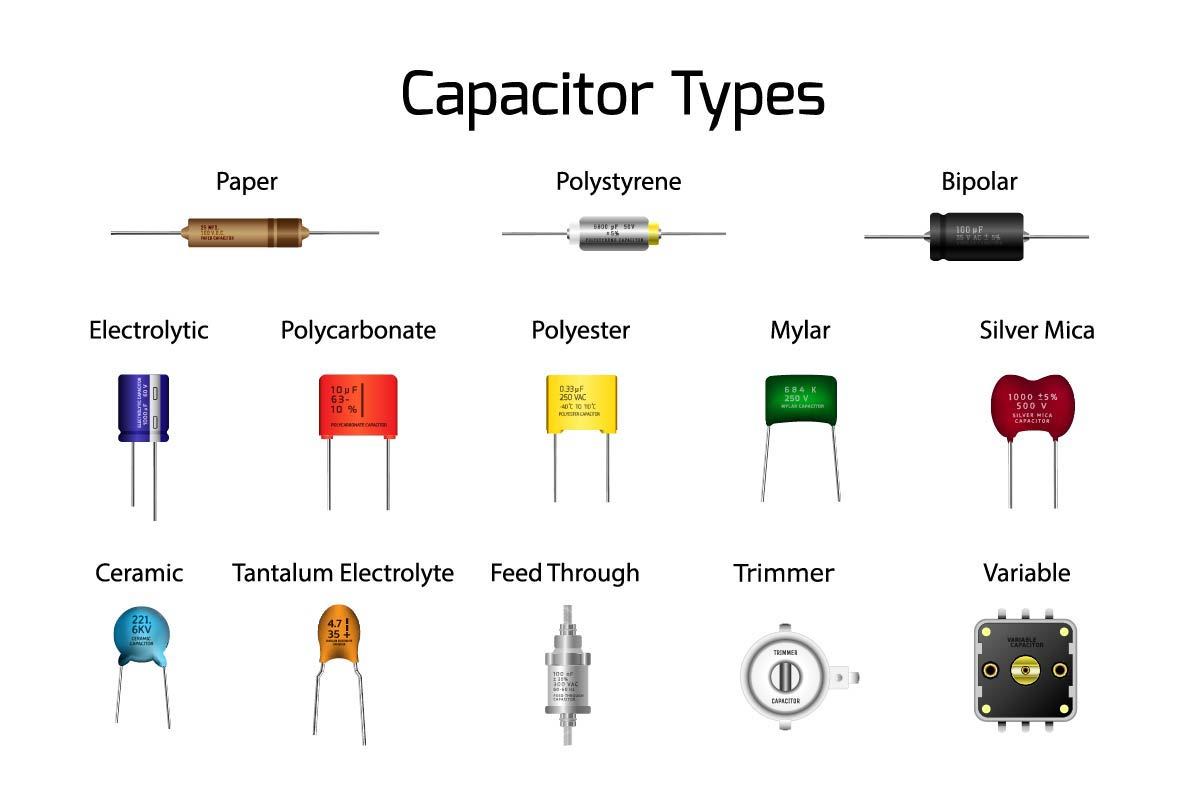Table of Contents (click to expand)
The rule exists purely as a part of decades-old electronic usage etiquette, originally based on the practice of Power-cycling.
Electricity was introduced into homes in the late 1800s. Electrical appliances, however, took a few more decades to reach the same prevalence. Since the invention of the small electric clothes iron by Earl Richardson in 1903 and the world’s first toaster in 1905, electrical appliances have become a daily-use item across the globe. In the post-World War II economic expansion, switching to the use of appliances, such as dishwashers and clothes dryers, became the norm. Other factors, such as the Rural Electrification Act,[1] passed by the United States government in 1936, quickly turned electronics into daily-use items.
Need for precautionary measures in electronic usage
This meteoric rise, however, also led to some hesitation in the general public about bringing these appliances into their homes. This toaster made by General Electric in 1908 should give you some idea as to why this was the case. The exposed resistance wires would glow red hot when in use and force the users to utilize the full range of motion their fingers possessed to avoid getting burned. Such design flaws took some time to fix and, simultaneously, led to lawmakers holding manufacturers liable for any personal harm caused by their electronic products.
These conditions subsequently led to manufacturers realizing the importance of advising customers to take precautionary measures while using electronics. This is also why you see shock advisories on the back of product boxes. One such precaution was to wait for 30 seconds after you’ve unplugged an electronic device before plugging it in again.

The precaution to wait 30 seconds before re-plugging electronics arose from concerns posed by design flaws, such as the case of the G.E. toaster. You see, the glowing red-hot wires understandably failed to inspire any confidence among its users regarding the safety concerns they had. Furthermore, when the toaster was either done toasting or unplugged, these red-hot wires took their sweet time in cooling down and returning to their natural shade of grey. This phenomenon, however, is not caused by a mere design flaw in a toaster. The 30-second rule is still advised in modern electronics.
The short answer to the question “Why?” would be: It takes time for the current to dissipate from the electrical circuit running through the device in question. If you’re unplugging a device, you probably want all the capacitors to discharge completely. The longer, more comprehensive answer would require a basic understanding of the structure of an electrical circuit and the role that capacitors play.
Structure of an Electrical Circuit
An electrical circuit consists of two types of elements: Active and Passive[4] elements. Active elements supply current to the cell. Examples of such elements would be DC generators or Current and Voltage sources, such as cells. Passive elements are those parts that regulate or work on the current already flowing through a circuit. They do not produce any current of their own. A capacitor is a passive element. They’re considered to be one of the three primary passive elements, along with resistors and inductors.
Also Read: What Determines When An Appliance Needs A 3-Pronged Plug With A Ground Vs A 2-Prong Plug-In?

Capacitors
The primary function of a capacitor[5] in an electronic device’s circuit is to regulate the voltage. Capacitors store direct current that flows through the circuit until their supply voltage is reached, allowing only a specific amount of current to pass through them. This property prevents the electronics from short-circuiting or suffering damage due to irregular voltages or power imbalances. This direct current gets stored inside the capacitor in the form of charge. This stored charge is known as capacitance. The capacitance of every capacitor varies, depending on multiple internal factors, and is therefore applied in different settings accordingly.

Capacitors are widely implemented in modern electronics. High-end smartphones consist of anywhere between 800 and 1,000 capacitors[6]. In a mobile phone, the primary function of a capacitor is to suppress the miniature voltage spikes inside the phone. Furthermore, since capacitors reserve some current, even after the power supply is cut off, this residual charge provides a short boost to the battery life of the phone when it falls to critically low levels. So, even after an electronic device is unplugged, its capacitors have some current still stored in them.
If you’re unplugging an electronic device, the reasonable assumption would be that you’re power-cycling[7] to reset the device. This could be for a multitude of reasons, such as the device freezing, overheating or malfunctioning. As long as the charge in the current, which includes the capacitance throughout the circuit, hasn’t dissipated entirely, the device won’t be reset. Furthermore, you might end up risking a charge imbalance, although most modern electronics can handle that without breaking a sweat. Even so, why put our precious devices through the ordeal at all?
Why does the 30-second rule still apply?
Nowadays, we’re surrounded by electronics wherever we go. Electrical circuits that require shock advisories are found in devices all around us. From washing machines, induction stoves, and PCs to mobile phones, most of our daily functioning involves an object containing electric circuits. Advancements have obviously been made, but electronics are still man-made objects that are undeniably fallible.
Also Read: If An Appliance Is Plugged Into The Wall, But Turned Off, Is It Using Electricity?
No electronic device is immune to failure. Overcharging and voltage imbalances are still very much possible. Therefore, even today, general electronic usage etiquette applies. Human beings haven’t quite reached the level where they can bypass the laws of physics and make the current in a circuit dissipate instantaneously. Therefore, 30 seconds remains the standard buffer period to plug in an electronic device after it has been unplugged.
How well do you understand the article above!

References (click to expand)
- Nishino, A. (1996, June). Capacitors: operating principles, current market and technical trends. Journal of Power Sources. Elsevier BV.
- Sarjeant, W. (1990). Capacitors. IEEE Transactions on Electrical Insulation. Institute of Electrical and Electronics Engineers (IEEE).
- Hertzmann, P. (2020). The Wire That Made Cooking Electric. Technological University Dublin.
- Härtel, H. (1982, January). The Electric Circuit as a System: A New Approach. European Journal of Science Education. Informa UK Limited.
